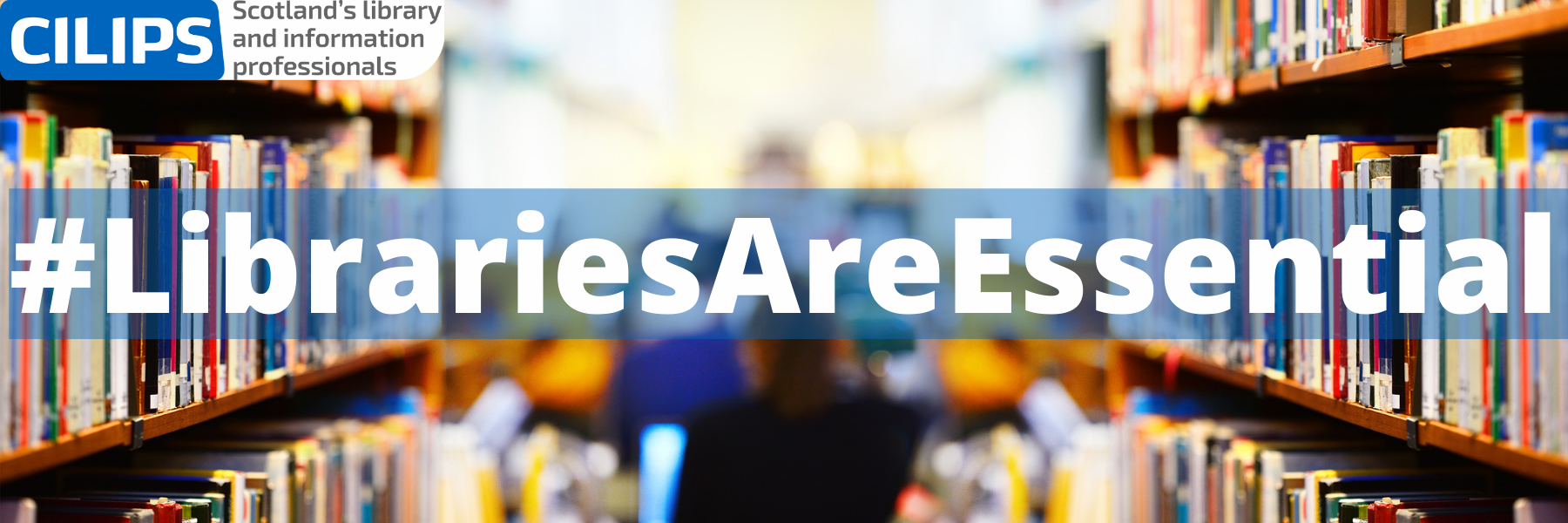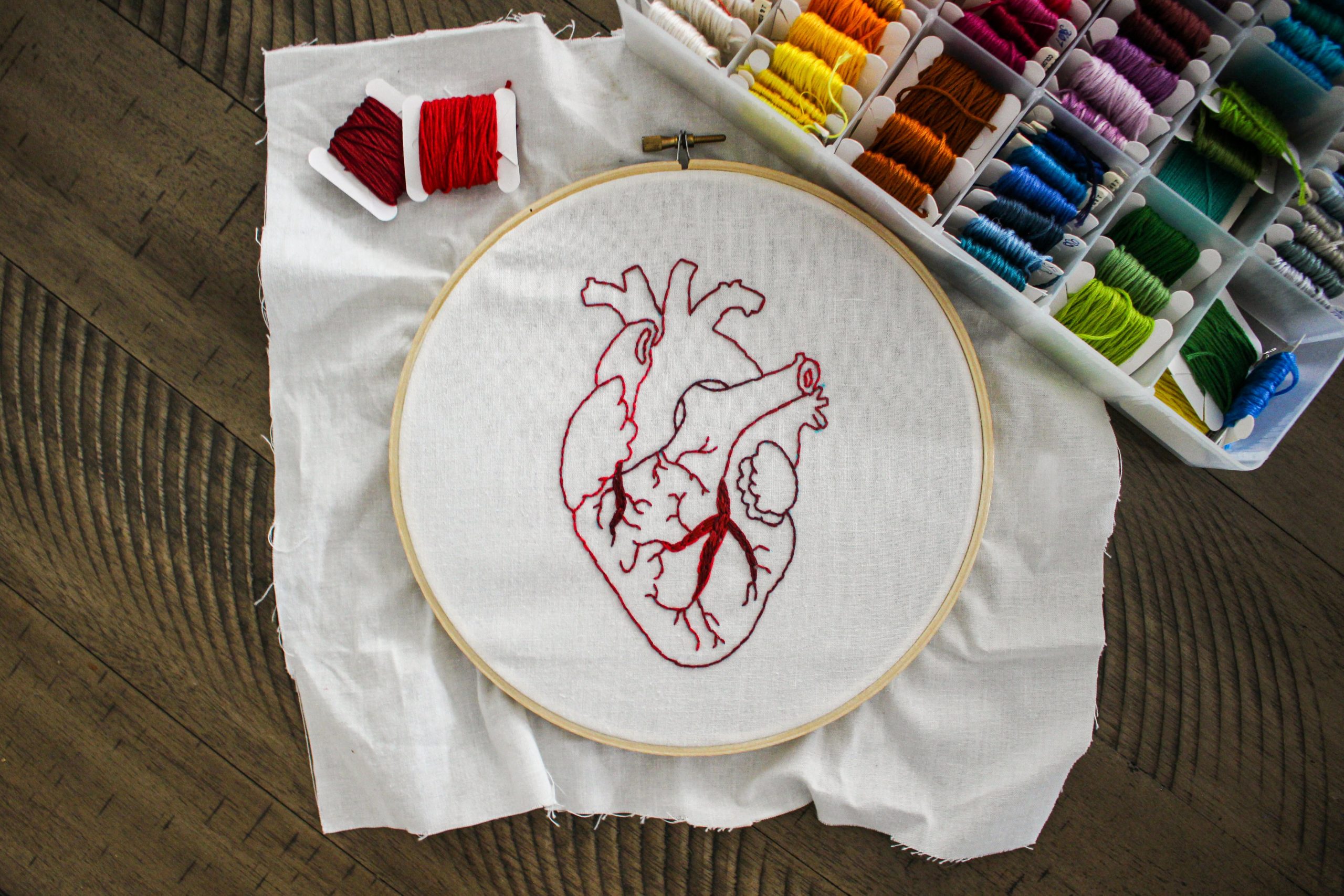#LibrariesAreEssential to Health and Wellbeing
Category: #LibrariesAreEssential, Blog, News
by Dr Alyson Tyler, freelance researcher with research interests in libraries, digital media, publishing, culture and wellbeing.
A person borrows a couple of library books on crafts and knitting. The library staff member issuing the books offers them a leaflet about the ‘Knit & Natter’ group that meets fortnightly in the library. The person decides to attend. Fast forward several months and they tell the library staff that the group is fantastic, that it’s made a huge difference to their wellbeing, that it lifts their mood when they attend, and they feel less lonely as a result. For them, it is an essential activity.
Anecdotes like this happen all the time, but are difficult to capture and evaluate. Yet they show how libraries contribute towards improving people’s health and wellbeing: it’s often by stealth (it’s a Knit and Natter club, not a health clinic), and it’s often on very limited resources.
Library staff know from anecdotal evidence, and from more formal data gathering methods, that their more obvious health and wellbeing activities/services, such as books on prescription, bibliotherapy and signposting to health resources, and the less obvious ones e.g. chatty cafes, reminiscence resources, or teen game clubs, affect how people feel physically and mentally. Indeed, reading on its own has also been found to improve people’s feelings of wellbeing.
This impact is due to a variety of reasons: the people (staff and interacting with other members of the public), the place, and the activity, service or resource itself. It can impact someone’s health and wellbeing in a variety of areas, such as:
- mental health
- loneliness and/or social isolation
- long-term health condition such as cancer and dementia
- overall sense of wellbeing (being well)
- confidence and self-esteem
- sense of community
- health information literacy skills
- ability to self-manage
A member of a creative bibliotherapy group delivered by Midlothian libraries said the project helped them through ‘meeting others’. ‘At my lowest point,’ the person noted, ‘they were often the only people I spoke to during the week other than my partner.” (Quote from the Midlothian Libraries ‘Braw Blether Creative Bibliotherapy’ evaluation, referenced in the Health on the Shelf report.)
Can we put a price or value on this impact? Does a monetary figure reaffirm how essential library health and wellbeing activities are? Researchers in England used several economic techniques to find that use of public libraries was associated with higher personal wellbeing ratings and financial savings through fewer GP visits. They calculated that library members could save NHS England £1.32 per person per year. By extension, the recent Health of the Shelf report calculated that public library members in Scotland are potentially saving NHS Scotland £3.2m every year.
The Health of the Shelf report also sought to capture the huge range of activities, services and resources that contribute towards the health and wellbeing offer from public libraries in Scotland, with an extensive and not exhaustive A to Z list of examples showing what’s available.
And it’s not just public libraries. School, college, university and health libraries also are essential to their users’ health and wellbeing in similar ways, such as zoned sections of the space e.g. for quiet time or group activities, and targeted health collections to help students manage with exam and study stress, as well as personal and social issues.
The Health of the Shelf report provides a detailed look at this important topic and references a wide range of published research from Scotland, the UK and beyond. The health and wellbeing offer from public libraries complements medical provision and is part of a whole system approach to health and wellbeing: libraries are an essential part of the public health agenda.
For more on the essential contribution that libraries make to health and wellbeing in Scotland, click here for our evidence bank.


